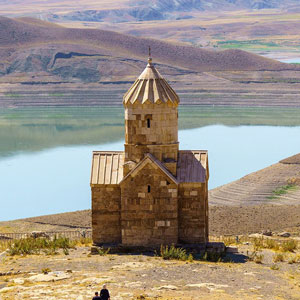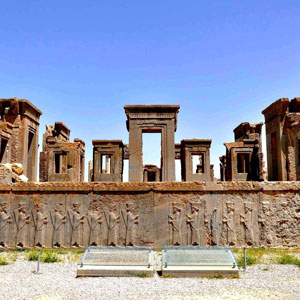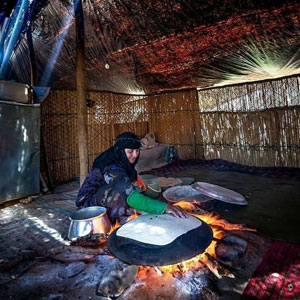 Signin with Google
Signin with Google Signin with Facebook
Signin with Facebook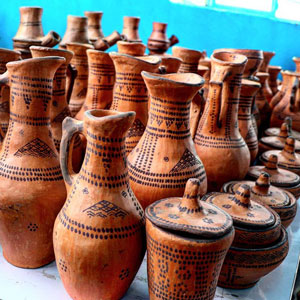
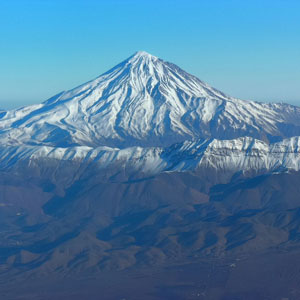 Culture,Nature
Culture,NatureBoom and the Legacy of Sailing in the Persian Gulf
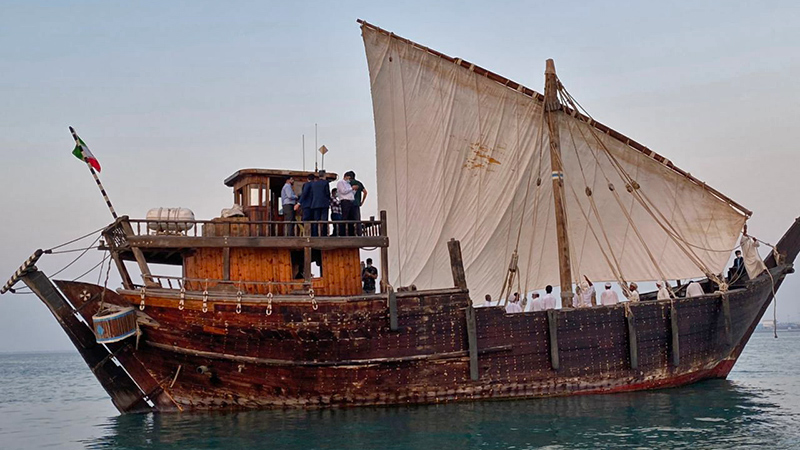
Travel to the heart of the Seas
From the Persian Gulf and Oman Sea to Tigris and the Indian Ocean to the Eden Gulf, once were the territory of the boom, the traditional Iranian sailboats. Inspired by the shape of the shark's ribs, large panels of the Indian Sai tree are put together using nails and nuts to make the seas’ unsung heroes be at the service of merchants, pearl hunters, fishers and even the Persian military troops for centuries.
It is said that Nader Shah, the founder of the Afshar Dynasty (1736-1796 A.D.) had one of his biggest victories by coquetting India thanks to these sea giants. So, Booms have an undeniable presence in the history and everyday lives of people in the south of Iran.
Boom, the traditional Iranian Dhow
Boom is a type of traditional large boat called "Lenj" or "Launch". The difference is that Lenjes have engines while Booms are moving with the help of wide white sailings. These singular boats are made totally by the bare hands of the skilful southern inhabitants and once construction workshops were scattered all along the northern coastlines of the Persian Gulf and Oman Sea. Qeshm, Gang Port, Gouran, and Reeg are the main workshops of this old craft.
The ancestral knowledge of seafaring and traditional skills of building Iranian Lenj Boats in the Persian Gulf was inscribed as a UNESCO intangible heritage in 2011.
"Kalfat Koobi" is an ancient technique to make booms impenetrable. To do this, cotton bands soaked in coconut oil are used to cover the body of the boom. After every voyage, special kinds of minimal ear shells steak to the body of these large boats, so they should get cleaned as soon as possible. In a process named "Mogasheri", these little ear shells are pilled off with a mixture of lime and soap.
The singing rhythm of folk music with the sea
Boom and sailing are a strong pillar of cultural heritages in the south of Iran because the sea is the main income source for families. There are various rituals, festivals, stories, and of course melodies related to the sea and these legendary boats. Sailors used to sing special songs while building and launching booms or when opening the sails, pulling the anchor, and working on the deck. These work songs are called "Neymeh". As a symbol of unity, these songs are performed by the entire group of sailors in a way that one of them, usually "Nakhoda", the captain of the lenj, sings the main lines and others just recite the chorus parts together.
She has dreamed to sail by boom…
Marion Kaplan was a journalist and photographer at National Geographic and travelling by sailboat was her life-long dream. In 1974, she proposed a new subject to write about, sailing with Persian sailboats Boom. To write her essay, she travelled to the south of Iran and planned to join a boom crew on their journey. She faced her main obstacle when she realized that according to old superstitions, a solo woman is not allowed to travel with the staff as it brings bad luck. Although bringing a lamb or goat to the ship as atonement was the simple solution, not every captain was eager to risk everything for a passenger.
Nakhoda Eisa was the only one who accepted Marion in his Boom, "Mihan Doost". Marian started her remarkable voyage by Mihan Doost Boom in Dubai and after four months she left the boom on the shores of Mombasa in Africa. You may want to know if something bad had happened or not, the answer is unfortunately yes! One of the staff was badly damaged in the engine room on the very first days of the journey and a year after Kaplan's journey, Mihan Doost Boom and Nakhoda Eisa's elder son and his crew drowned down deep in the seas. Years later a documentary movie, Sons of Sindbad, was produced about this journey and Marion get the chance to meet some staff with whom she travelled after 43 years.
Sea adventure with the Iranian traditional sailboat
To eliminate this UNESCO-listed heritage, several age-old boom ships have recently been reconstructed and equipped on Qeshm Island to revive the sailing tradition of the Iranian sailors in the south of Iran. One of them took its name after an experienced Nakhoda and the other dreams to be another legend of the seven seas like Sinbad.
Sailing on the sea is an impeccable experience; being alone on the wooden deck of a large handmade sailing ship tearing waves can be included as a once in a lifetime opportunity. Take the chance to upraising the sails, enjoy fishing and the folk music on the deck, prepare and taste seafood, besides diving into the turquoise Persian Gulf with a day tour adventure on Boom.
By Samaneh Zohrabi / TasteIran

